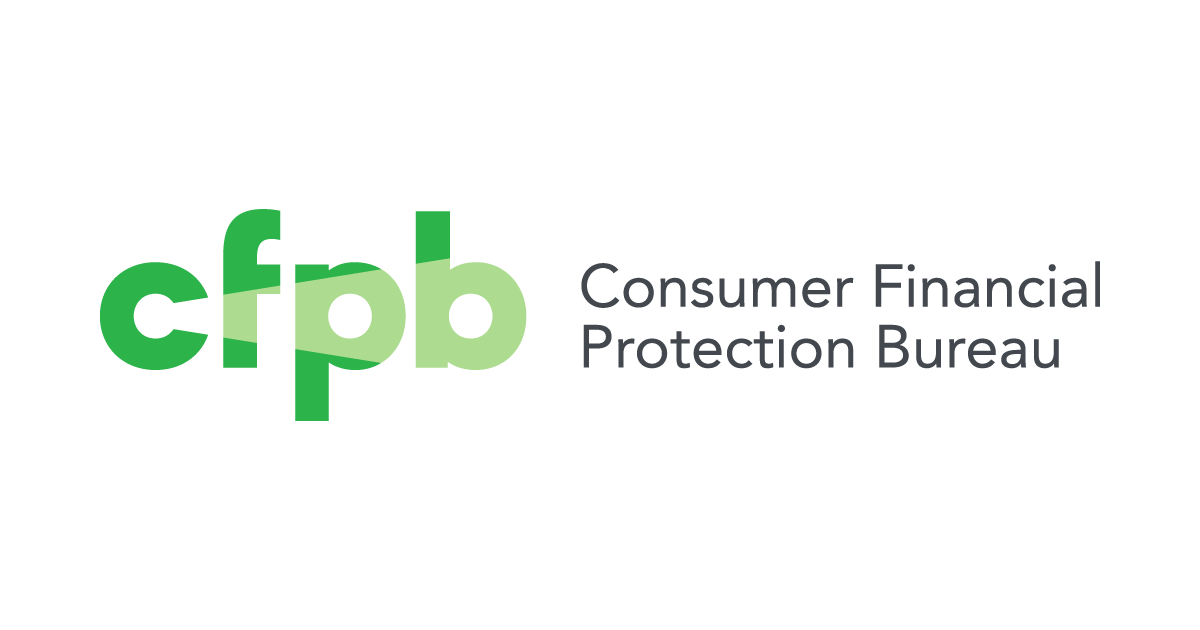
WASHINGTON, D.C. – The Consumer Financial Protection Bureau (CFPB) has published a new report analyzing the financial profiles of Buy Now, Pay Later borrowers. While many Buy Now, Pay Later borrowers use the product without noticeable indications of financial stress, the report finds that Buy Now, Pay Later borrowers are more likely to be active users of other types of credit products like credit cards, personal loans, and student loans. They are also more likely to exhibit measures of financial distress than non-users. For example, Buy Now, Pay Later borrowers are more likely to be highly indebted or have revolving balances or delinquencies on their credit cards compared to consumers who do not use Buy Now, Pay Later products. Buy Now, Pay Later borrowers are also more likely to use high-interest financial services such as payday loans, pawn loans, and bank account overdrafts. The report follows previous CFPB research on the Buy Now, Pay Later market.
“A common misconception of Buy Now, Pay Later borrowers is that they lack access to other forms of credit. Our analysis shows that these borrowers are more likely to use other credit products,” said CFPB Director Rohit Chopra. “Since Buy Now, Pay Later is like other forms of credit, we are working to ensure that borrowers have similar protections and that companies play by similar rules.”
Today’s report shows that it is more likely that a Buy Now, Pay Later borrower actively uses other credit products. Borrowers often exhibit higher measures of financial distress compared to non-borrowers. Some examples include having higher credit card debt and utilization rates, a higher likelihood of having an overdraft, a higher likelihood of revolving on at least one credit card, and higher utilization rates of alternative financial services like payday loans that charge high interest rates. However, the report finds that many of these differences pre-date Buy Now, Pay Later use and highlights the need for further research into whether the products have any causal impact on consumer indebtedness.
Overall, 17% of consumers with a credit record used a Buy Now, Pay Later loan in the year prior to the survey. Other findings from today’s report include:
- Nearly 95% of Buy Now, Pay Later borrowers had at least one credit record in another account, compared to 86% of non-borrowers.
- Buy Now, Pay Later borrowers had significantly higher usage in several other loan products when compared to non-borrowers, including retail accounts (62% compared to 44%), personal loans (32% compared to 13%), and student loans (33% compared to 17%).
- Black, Hispanic, and female consumers are more likely than average to use Buy Now, Pay Later products, along with consumers with income between $20,001-$50,000.
- Among consumers who have open credit or retail cards, personal loans, auto loans, student loans or mortgages, Buy Now, Pay Later borrowers were more than twice as likely to be delinquent on at least one of those products by 30 days or longer.
- Eighteen percent of Buy Now, Pay Later borrowers had at least one reported delinquency in another account, compared to 7% of non-borrowers. Delinquency rates were substantially higher for credit (9%) and retail cards (8%) among Buy Now, Pay Later borrowers compared to non-borrowers (3% and 1% respectively).
Buy Now, Pay Later borrowers also typically had lower credit scores than non-borrowers. Non-borrowers had an average credit score classified as near-prime (670-739), while borrowers had an average score in the sub-prime category (580-669). Lower credit scores lead to higher interest rates on traditional credit products, which makes Buy Now, Pay Later loans with no interest an attractive alternative that many borrowers seek.
The data for the report, Consumer Use of Buy Now, Pay Later, comes from the 2022 Making Ends Meet survey, and the CFPB’s Consumer Credit Panel, which contains an anonymized sample of credit bureau records. The report cannot distinguish whether Buy Now, Pay Later usage leads to more delinquencies on other obligations or whether consumers who are already in distress are more likely to use Buy Now, Pay Later loans to pay off higher-interest debt.
Read today’s report, Consumer Use of Buy Now, Pay Later.
Read the CFPB’s previous findings on Buy Now, Pay Later market trends.
Consumers can submit complaints about financial products or services by visiting the CFPB’s website or by calling (855) 411-CFPB (2372).
The Consumer Financial Protection Bureau (CFPB) is a 21st century agency that helps consumer finance markets work by making rules more effective, by consistently and fairly enforcing those rules, and by empowering consumers to take more control over their economic lives. For more information, visit www.consumerfinance.gov.
Official news published at https://www.consumerfinance.gov/about-us/newsroom/cfpb-publishes-new-findings-on-financial-profiles-of-buy-now-pay-later-borrowers/
Images courtesy of PixaBay



